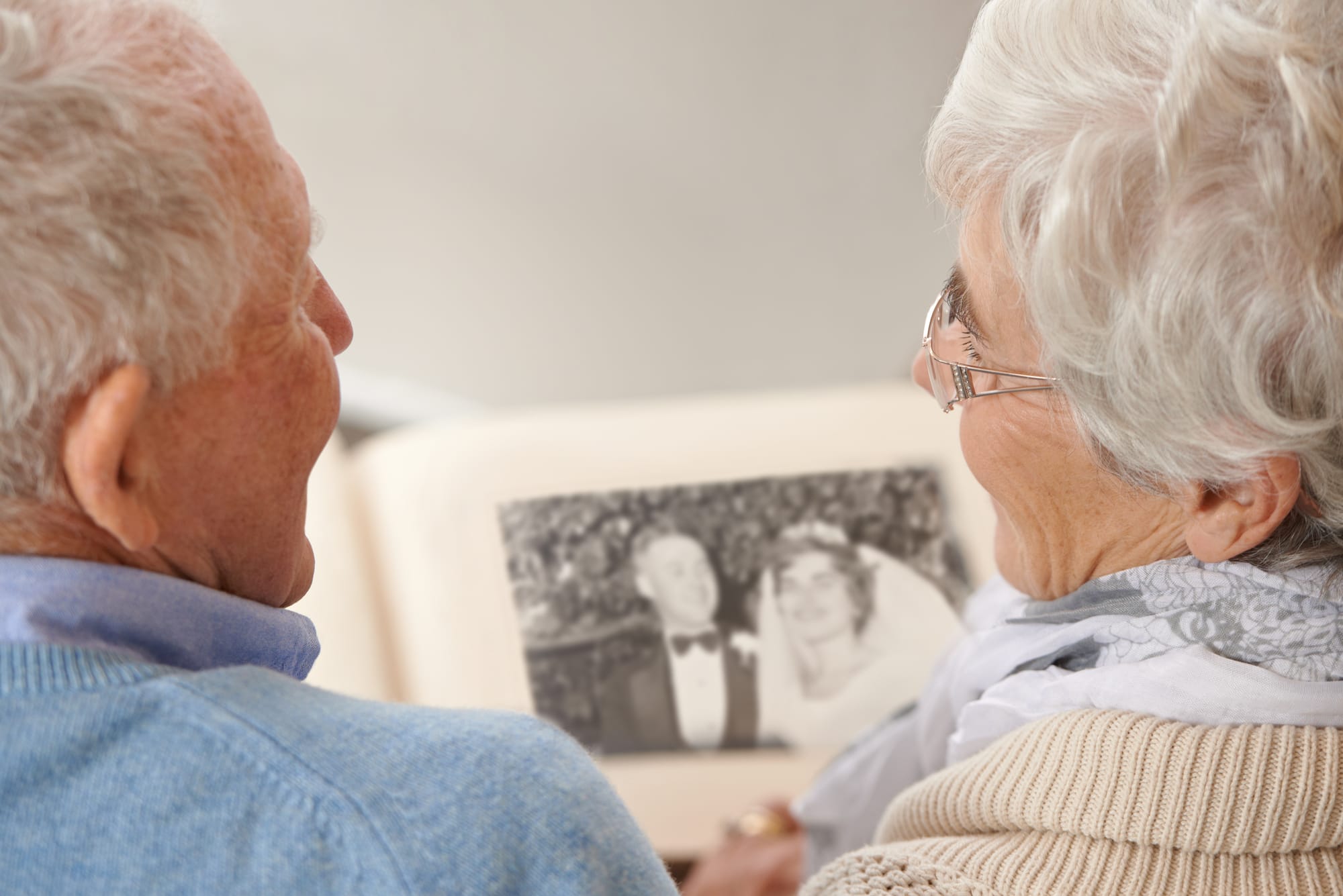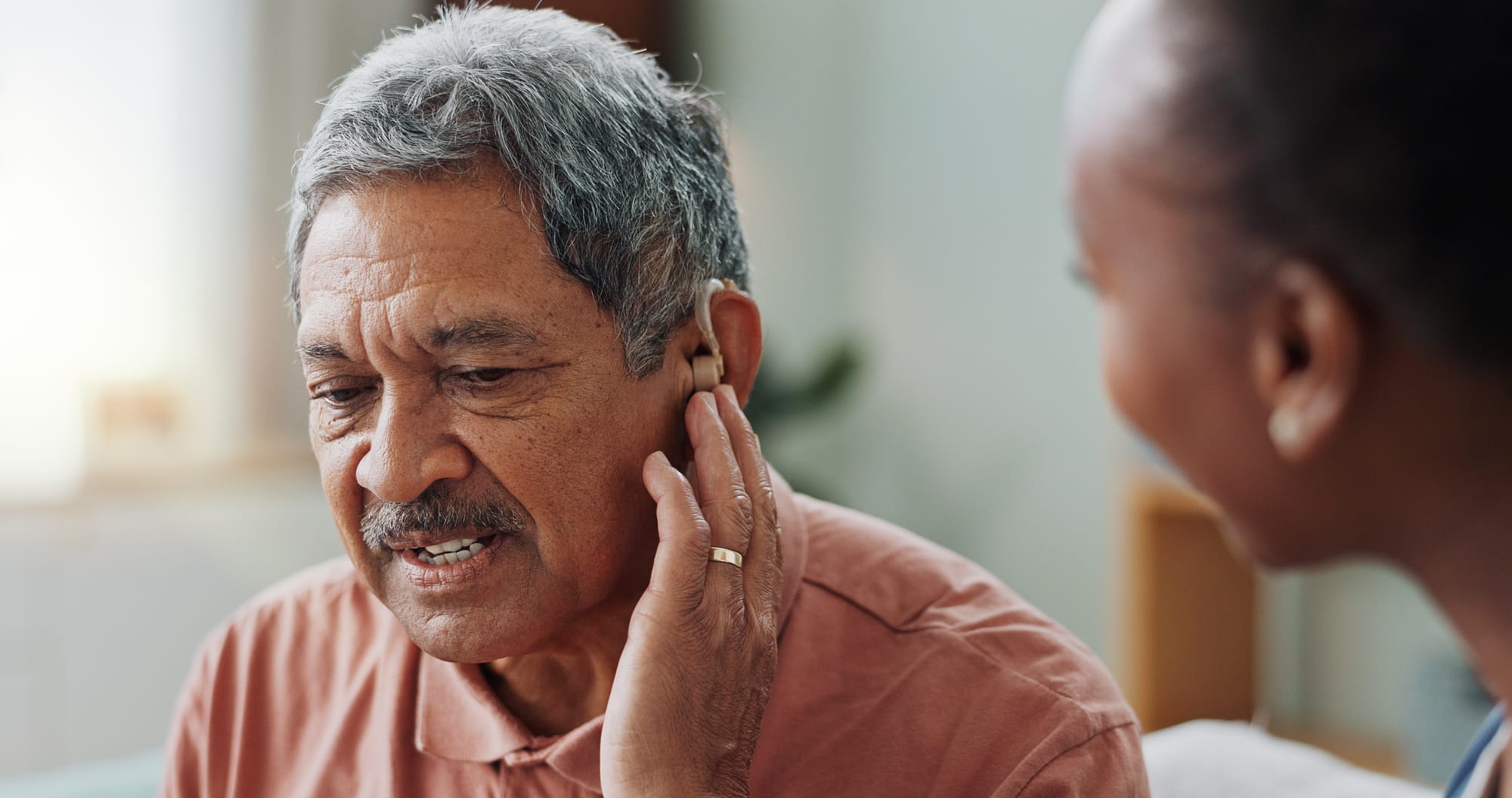From Challenges to Comfort: Palliative Care for Dementia Patients
Practical ways palliative care makes life more comfortable for dementia patients, addressing their physical and emotional needs with care.
The truth about aging is far more complex than gray hair and laugh lines. It’s a shift that touches sleep, memory, vision, and even our patience with new ideas. Aging challenges us in ways few discuss, but it also brings us closer to the things that make life meaningful.

Aging is one of life’s best-kept secrets. When you’re young, it feels like something that only happens to other people—like some far-off event in someone else’s story. But aging has its own slow, steady rhythm, and one day you wake up to realize that time has, in fact, been working on you too. A little stiffness here, a forgotten name there, a new prescription on the bathroom counter. These aren’t just minor inconveniences; they’re signposts of a reality that shifts almost everything, from how you think to how you move through the world.
Most advice on aging focuses on how to keep your heart young or your skin smooth, as if that could sidestep the deeper changes happening beneath the surface. But aging is more complex. It’s an growing body of truths that are rarely advertised: the adjustments that take root quietly in your daily life, the gradual changes that make “just being” feel different than it used to.
Here are nine things about aging that most people don’t tell you when you’re young. They’re not warnings, but insights—an real look at what lies ahead, from physical shifts to the quiet wisdom of experience.

In youth, sleep is typically taken for granted—a dependable refresh button. But as people age, sleep no longer offers the same level of restoration. Waking up tired, even after a full night’s rest, becomes more common, and the natural energy that used to spring people out of bed often fades. Quality sleep becomes harder to achieve and is more easily interrupted, whether by minor aches, more frequent trips to the bathroom, or simply lighter, less restorative sleep cycles.
Research from the National Council on Aging explains that as we age, our sleep patterns shift, leading to lighter, less restful sleep overall.

Memory and mental sharpness are often the first noticeable shifts. Forgetfulness becomes a recurring visitor, even for small, everyday details. Learning new skills or adapting to fast-paced environments can feel more challenging; the brain doesn’t seem to process information as quickly as it once did. Tasks that require rapid adaptation or a sharp learning curve—like picking up a new job or embracing constantly changing technology—can feel overwhelming.
The National Institute of Health (NIH) highlights that while some cognitive decline is natural with age, maintaining mental sharpness through lifestyle changes can help.

Physical resilience takes a noticeable hit. The bounce-back time from workouts, minor injuries, or illnesses slows down, and aches from old injuries start making regular appearances. Muscles are more sensitive after exercise, and recovery periods stretch out, requiring more patience and gentler care. Even small strains or scrapes seem to heal at a slower pace, making it clear that the body’s natural repair mechanisms aren’t as efficient as they once were.

Metabolism begins to shift gears. While younger bodies often burn calories without much effort, aging bodies require more meticulous attention to diet. Even a small indulgence can add weight, and keeping pounds off means carefully watching calorie intake and often eating noticeably less than before. A slice of cake or an extra helping at dinner can now require days of recalibration to prevent slow, steady weight gain.

Hearing may not vanish overnight, but gradual changes in frequency sensitivity can alter how conversations sound. High-pitched sounds become harder to catch, so subtle cues or quiet voices start to fade into the background. Social gatherings or crowded spaces become more challenging as voices blend together, often leaving people feeling slightly isolated or left out of certain exchanges. Hearing aids may be on the horizon, though people often adjust to these subtle dips as long as they can.
American Speech-Language-Hearing Association (ASHA) explains age-related hearing loss (presbycusis) and its gradual effects on communication.

Eyesight, too, tends to go through multiple transitions. Bifocals and trifocals become a common solution, but they bring their own frustrations. Looking for items in dark cabinets or up on high shelves, for example, means peering through the wrong part of the lens, leading to momentary blurriness and strain. The world often looks fuzzier, even with glasses, and transitioning between different lighting situations—like moving from daylight to a dark room—takes longer and can make activities like night driving more difficult.

Night vision becomes one of the more unsettling changes. Moving from bright to dim lighting now takes significantly longer to adapt, leading to moments of disorientation in dark settings. For drivers, this change is especially tough. Bright headlights and street lights, followed by stretches of darkness, can feel disorienting and make night driving more stressful than it once was. While some people continue driving at night, many reduce or limit it for peace of mind.
See this report from the National Highway Traffic Safety Administration on the concerning rise in traffic accidents linked to aging.

For those who once prided themselves on rarely getting sick, aging brings a humbling reality: the immune system doesn’t stay strong forever. Colds, flus, and infections become a bit more common, taking longer to shake off. What was once a rare inconvenience might now take a more noticeable toll, and people who once breezed through flu season unscathed may find themselves catching colds more often than they’d like.

Aging also brings a seasoned perspective that makes “new” trends and ideas seem… well, not so new. There’s a sense of déjà vu in seeing society’s obsessions rise and fall. Health fads, self-help movements, and even some technological innovations feel repetitive after a lifetime of watching the pendulum swing back and forth. This isn’t necessarily cynicism; it’s more of a cautious patience, a “wait-and-see” mindset that lets things unfold before jumping on board. It’s a quieter approach to the “new and shiny” after seeing many such ideas fade away or be replaced.
Aging, they say, is a privilege denied to many. Yet, for those moving through its stages, the reality isn’t always so flattering. Beyond the visible signs—silver hair, laugh lines, a slight stiffness—the process brings with it a series of changes that fundamentally shift how people experience daily life. Sleep, once a reliable source of energy, becomes lighter and less refreshing. Memory occasionally stumbles. Simple tasks, like reading in low light or adapting to dim spaces after stepping indoors, now take a bit more care and caution. The resilience that used to rebound from a minor injury or long day of work gradually fades, replaced by a need for more patience and planning.
But aging doesn’t just take. It gives back in the form of perspective, a certain wisdom that tempers the allure of every new trend or idea. Older adults know the cycles, having seen society’s pendulum swing back and forth; they recognize what endures and understand what fades away. Relationships become deeper, values grow clearer, and there’s a newfound appreciation for moments that once went unnoticed.
Aging, in all its challenges, leaves those who experience it with a steady truth: life becomes richer, not because it’s easier, but because it’s seen more clearly. In facing the inevitable shifts, we’re given the chance to live with greater intention, to honor our limitations, and to embrace the simple, lasting joys that time so generously reveals.